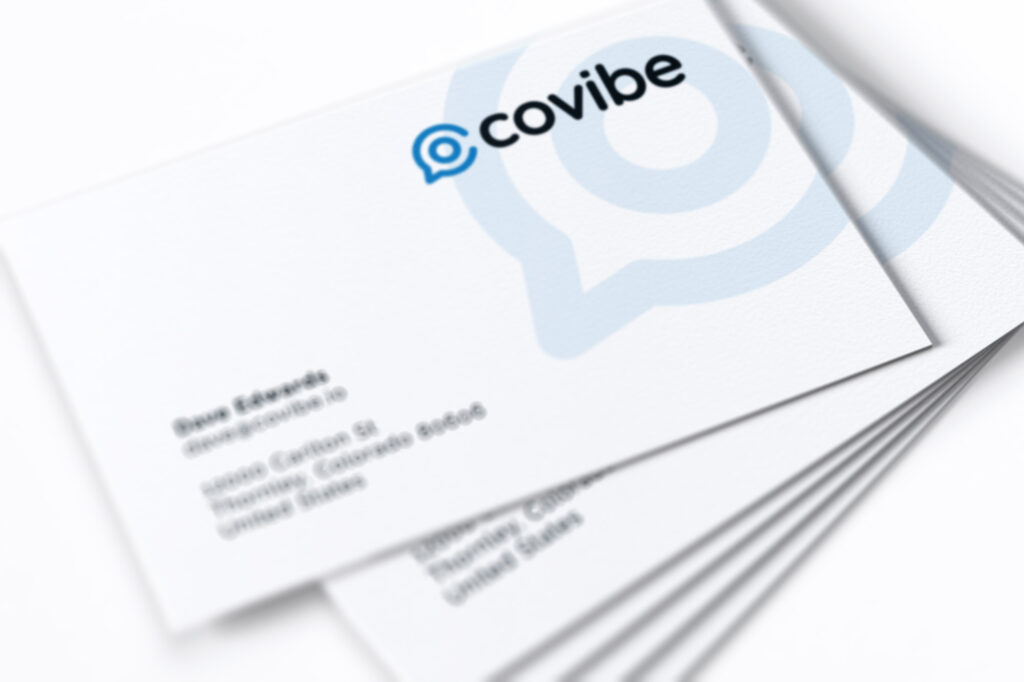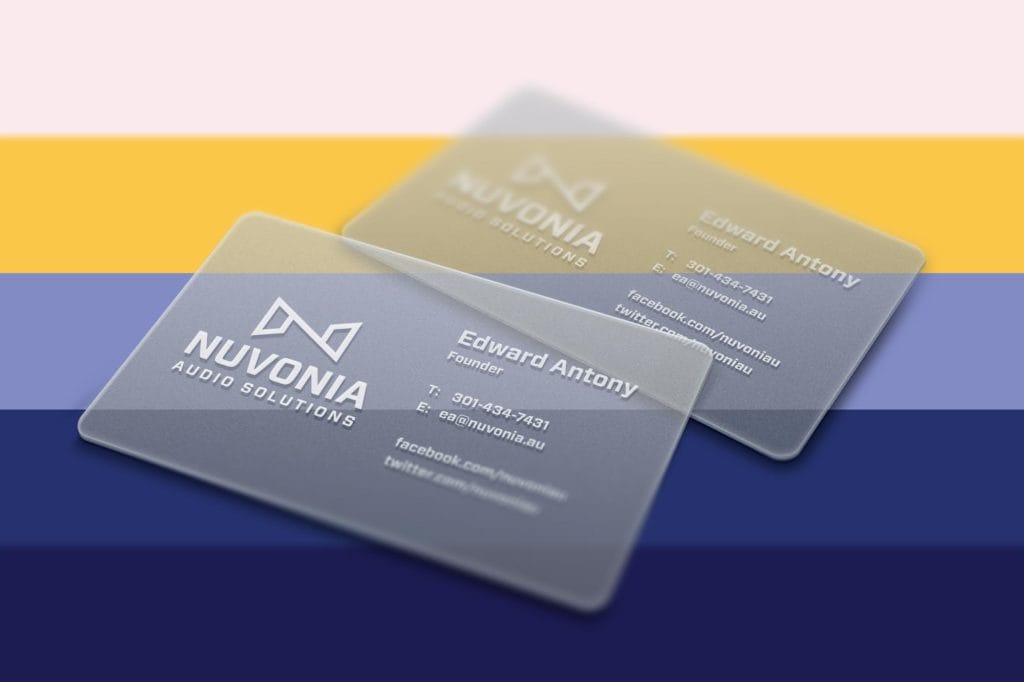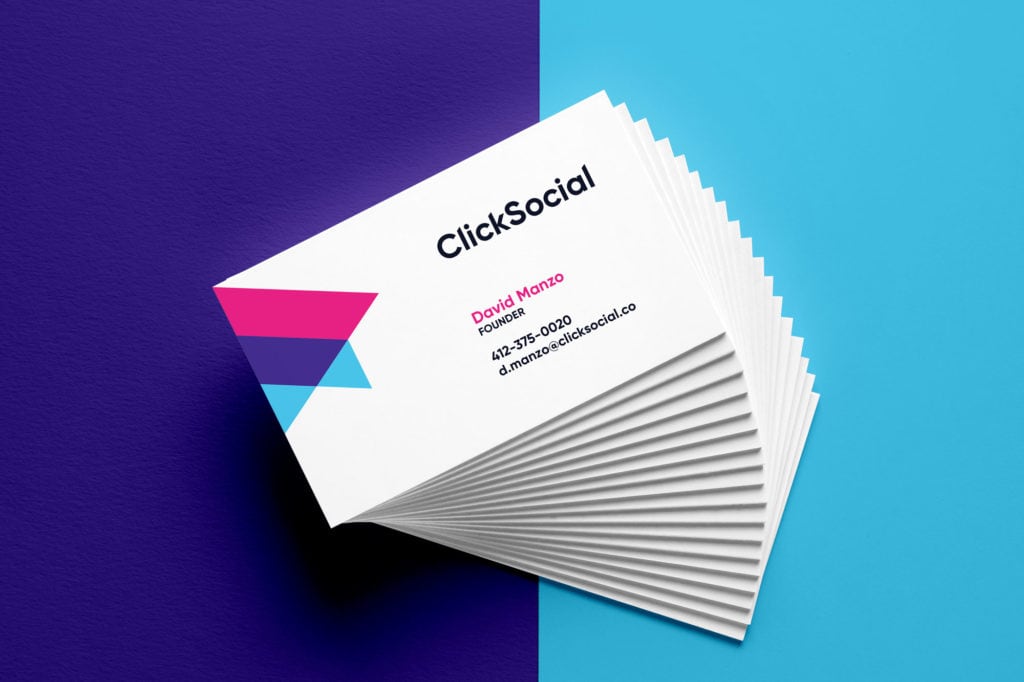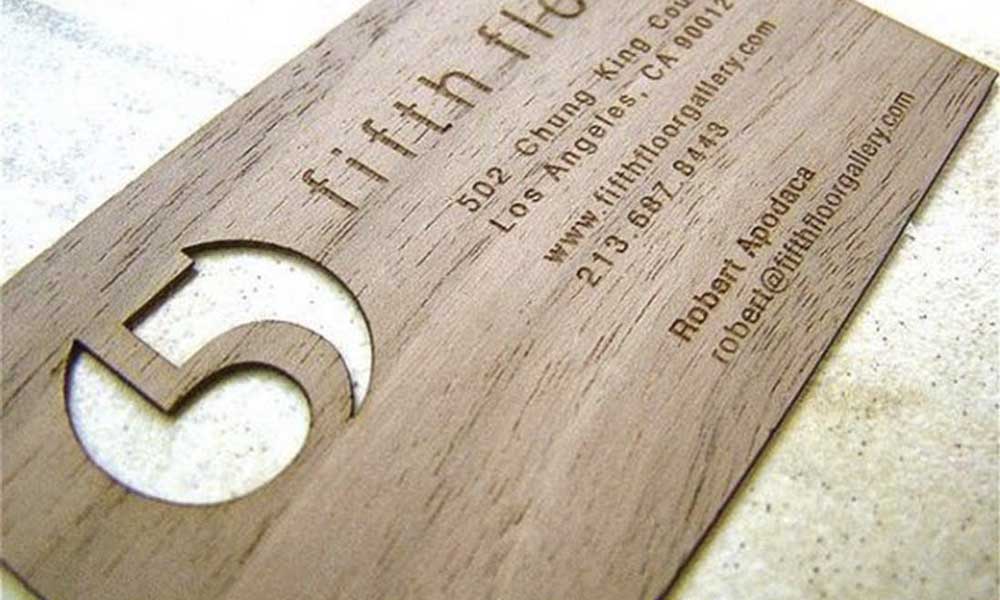The Ultimate Guide to Business Card Sizes
Today, making an excellent first impression is more critical than ever. Your business card is often the first touchpoint between you and potential clients, partners, or employers. While the content on your card conveys your expertise and value proposition, the size impacts how it's perceived on a subconscious level.
But why does something as seemingly trivial as business card size matter? In truth, it has a pronounced influence on your branding, memorability, and networking capabilities. An oversized or undersized card can undermine your professional image right from the start. The standard dimensions have become ingrained in people's minds as the size a business card “should be.” Deviating too far from the norm may raise eyebrows.
Non-standard sizes may not fit as neatly into wallets or card holders. This can hamper the recipient's ability to retain your card and recall your name at a later date. Creative shapes also reduce the writable surface area, forcing you to cut content that could be persuasive or memorable.
The bottom line? While splashy designs and custom shapes have their purposes for standing out, keep the size within reasonably accepted parameters. This will allow you to maximise real estate for compelling content that powerfully conveys your brand identity. Your business card size sets the stage for the first impression you deliver. Ensure it aligns with the image you want to project right out of the gate.
The rest of this guide will dive into standard sizing, creative alternatives, and effective branding strategies to get your business cards working hard for you. Let's explore how this small but substantial piece of paper can significantly impact.
Table of Contents
Understanding Standard Business Card Sizes

Business cards have become an essential element of professional networking and branding. Their compact size allows for easy portability and exchange, while their printable surface allows one to share critical details about oneself or an organisation. Most professionals adhere to standard dimensions widely adopted worldwide when designing and printing business cards.
The standard business card size that has become ubiquitous in the United States and Canada measures 3.5 inches by 2 inches. This compact rectangular size, commonly referred to as the North American business card standard, has dominated the professional landscape in these countries since as far back as the late 1800s.
While business cards had existed in rudimentary forms for centuries, their proliferation and standardisation began in earnest during the industrial boom of the late 19th century. As commerce expanded, business people needed an efficient way to share basic contact information with new associates and clients. The 3.5-inch by 2-inch card stock provided the perfect amount of space to legibly print critical details like one's name, company, address, phone number, and later, email address and website.
This standard card size has stuck throughout the decades because it offers the ideal balance of portability and functionality. At just 7 square inches, the cards are small enough to slip inconspicuously into a breast pocket or wallet alongside cash and identification cards. Yet the dimensions still allow for simple designs with logos, stylised typography of one's name and title, and even background imagery or textures.
The longevity of the 3.5-inch by 2-inch size can also be attributed to the uniform printing and cutting processes it enables. Business card printing companies and templates are optimised for this standard size, allowing for efficient bulk printing. The size also enables three cards to be cleanly cut from a single 8.5″ x 11″ sheet of cardstock with minimal waste.

As business cards have evolved to include QR codes and near-field communication (NFC) chips, this compact rectangular size has remained unchanged, proving its versatility. For professional and personal branding across all occupations and contexts in North America, the 3.5-inch by 2-inch card is the standard.
Meanwhile, many European countries have adopted the standard of 85 millimetres by 55 millimetres, a slightly longer and narrower dimension than the North American standard. These metric dimensions allow for easy portability and exchange, like the imperial measurements. While business cards were traditionally reserved for corporate use, advancements in digital printing have made cost-effective printing on demand available to entrepreneurs, freelancers, and small business owners who wish to present a professional image.
The consistency of these standardised business card sizes between North America and Europe and across industries and professions facilitates smooth networking. Individuals and organisations attending conventions, conferences, meetings, and other business events can easily exchange these uniformly sized cards without hassle. For this reason, those seeking business cards are encouraged to stick to these well-established dimensions that allow for seamless portability and sharing.
The Psychology of Business Card Sizes
The size of your business card is more than just a practical concern – it can evoke subtle psychological responses in people who receive it. Selecting the correct dimensions lets you strategically craft an impression reflecting your brand identity and values.
The standard 3.5 x 2-inch size has become commonplace for good reason. Its widespread use signals professionalism, familiarity, and adherence to business norms. Opting for this tried-and-true size is a safe choice that ensures compatibility and seamless integration with the other cards in your clients' Rolodexes or card collections. While not the most exciting option, standard sizing projects stability and conformity.
For brands that aim to make a bolder impression, choosing a card larger than the standard size can help grab attention and stand out. The increased dimensions allow for more dramatic, artistic designs and naturally draw the eye. An oversized business card oozes confidence and suggests you are eager to be noticed. However, the novelty may wear off quickly – ultra-large cards are less convenient to store and carry. Ensure the amplified footprint aligns with your brand image and resonates with your target demographic.

On the other end of the spectrum, minimising your card to a size smaller than the standard can showcase creativity and innovation. Petite cards are portable and quirky – they demonstrate an eagerness to break from conventions. However, beware of compromising clarity and functionality simply for being different. Make sure to keep critical info legible and accessible. And consider the implications of tiny cards getting lost in the shuffle. Overall, balance the uniqueness of form with clarity of function.
The psychology of business card perception is nuanced. Deviating too far from the standard size in either direction risks confusing or alienating recipients. When selecting dimensions, carefully consider your brand identity, target audience, and the context in which cards will be used. With thoughtfulness and restraint, card size can be leveraged to communicate your values strategically.
Creative Alternatives and Die-Cut Options
While the standard business card sizes have proven effective, there's ample room for creativity in design. Die-cutting technology allows you to shape your business cards uniquely, which can be attention-grabbing and on-brand. Here are a few creative alternatives:
- Round Cards: Circular business cards can symbolise unity, completeness, and a holistic approach to business.
- Folded Cards: Folding your business card gives you more space to work with. It can include additional information, such as a mini-portfolio or a list of services.
- Custom Shapes: Die-cutting enables you to craft business cards that align with your brand identity. For instance, a construction company could have business cards in the shape of a toolbox.

Business Card Sizes in Networking Strategies
The size of your business card is a strategic choice that should align with your networking goals and target audience. Let's explore how different sizes can be leveraged effectively in various scenarios:
- Standard Size for Professional Events: Using the standard size can help you blend in and establish professionalism when attending formal networking events or conferences.
- Larger Size for Trade Shows: Trade shows are bustling with activity, and a larger business card can ensure that your brand stands out in the crowd.
- Smaller Size for Exclusive Networking: A smaller card can create exclusivity and intrigue for exclusive or invitation-only events.
The Role of Business Card Sizes in Branding
Choosing the correct design elements for your business card is crucial for conveying your brand identity and making a solid first impression. Consider the following design aspects when creating or updating your business cards:
- Colour Palette: Select colours that align with your brand's established palette. Using consistent, complementary colours on your business cards creates visual cohesion with your more comprehensive brand identity and marketing materials. For example, an environmental nonprofit might use earthy greens and blues on their cards to reflect their cause.
- Font and Typography: Pay attention to the power of typography in business card design. Choose font styles and sizes that resonate with your brand image. A tech startup might use a sleek, modern sans serif font to reflect its forward-thinking approach, while a law firm may prefer a more traditional serif font to convey heritage and trust.
- Logo Placement: Ensure your logo is prominently displayed on the card. Many designers place it front and centre to maximise brand recognition. This allows recipients to instantly identify your brand upon receiving the card. Pair a dominant logo placement with clean, uncluttered card edges for a balanced design.
- Contact Details: Prominently display your essential contact information – phone number, email address, and website URL – on every card. This enables recipients to find your details and get in touch quickly. Prioritise only the most relevant contact channels for your audience.
- Imagery: Images like photos, illustrations, or graphic patterns can help convey your brand personality. Ensure they align with your more comprehensive visual identity and don't distract from the critical text.
- Quality and Texture: Use premium cardstock and finishes like gloss, matte or texture. This conveys professionalism while adding sensory elements that reflect your brand. For instance, a luxury hotel may opt for thick, soft-touch cards.
- Back Design: Remember the card back! Use this space for additional info like maps, schedules or branding like a tagline or logo. A clean back allows recipients to write notes too.
With careful attention to these design elements, your business cards can extend your brand identity and make an exceptional first impression on potential customers.

Printing Considerations and Quality
Choosing the right business card size is just one part of the equation; ensuring its high-quality production is equally important. A well-printed business card showcases professionalism and attention to detail. Factors to consider include:
- Paper Quality: Opt for a paper stock that aligns with your brand image. Matte, glossy, or textured options can all communicate different impressions.
- Print Finish: Consider finishes like embossing, spot UV, or foil stamping to add tactile elements that make your card memorable.
- Print Technology: Digital and offset printing have different results. Digital printing offers quick turnaround and cost-effectiveness, while offset printing provides higher quality for larger quantities.
Future Trends and Innovations
As technology and design trends evolve, so do business card styles. With the rise of digital connectivity, physical business cards might become obsolete. However, tangible cards still hold value in building personal connections. To stay ahead, consider these potential future trends:
- Interactive Elements: Incorporating QR codes, NFC technology, or augmented reality can link your physical card to a digital experience.
- Eco-Friendly Options: Sustainable business practices are gaining traction. Explore recycled paper options and environmentally friendly printing methods.

Conclusion: Size Up Your Brand Impact
In the grand scheme of branding and networking, the size of your business card is far from a minor detail. It's a strategic choice that can influence perceptions, evoke emotions, and leave a lasting impression. Whether you opt for the industry-standard dimensions or venture into creative territory, your business card size should align with your brand identity and networking goals. Remember, in a world filled with digital interactions, a well-designed physical business card can set you apart and make a meaningful connection in the real business world. So, size up your brand impact and craft a card that stands out amidst the sea of business cards.
Remember, your business card is more than just a piece of paper; it reflects your brand's identity, values, and aspirations. So, choose your business card size wisely, and let it become a powerful tool in your journey toward successful networking and branding.
